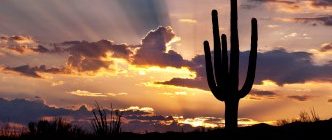Here are some Monsoon facts and tips to keep you safe this summer. Summer has arrived in Arizona and with that monsoon season arrives. The word “monsoon” is derived from the Arabic word “mausim,” which means season. It doesn’t refer to individual storms, but to a season. The monsoon is a change in the weather pattern. Dry winds that typically blow from the west and southwest tend to shift to the south and southeast, bringing up moisture from the Gulf of California.
That moisture, coupled with the heat of summer, fuels the storms. The start of the monsoon season used to be determined by three consecutive days of average dewpoint temperatures of 55 degrees or higher. In 2008 the National Weather Service decided to declare monsoon season from June 15 to Sept. 30. The change, at least in part, allows the Weather Service an opportunity to consistently promote its safety messages connected to the monsoon.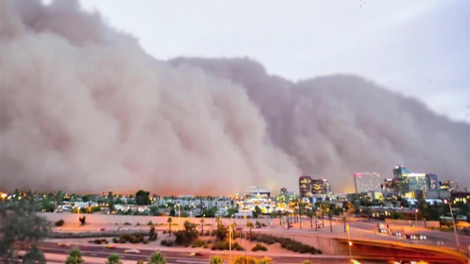
National Weather Service
According to National Weather Service records that go back to 1896, the wettest monsoon was in 1984, when a total of 9.56 inches of rain fell. The latest season to make the “Top 10 Wettest” list was in 2014, which came in seventh at 6.34 inches. Most of the rain that year, 3.3 inches, fell on Sept. 8.
The driest monsoon on record was in 1924 — only 0.35 of an inch of rain fell. The most recent season on the “Top 10 Driest” list was in 2007, the fifth-driest on record with 0.74 of an inch. The 2016 monsoon saw 2.49 inches of rain, .22 of an inch below normal. In 2017 2.32 inches of rain fell for the period of June 15 through Sept. 30. That’s is 0.39 inch below normal for the season.
Be prepared
Flooding
Sandbags are the best way to divert water from doorways and help to protect your home from flooding during a monsoon storm.
Free sand is available for pickup at many fire stations throughout the Valley. Some stations provide bags and shovels for use, but others require residents to bring their own shovels and bags. You can call your local fire department or check its website to see what you will need to bring to get sandbags for your home.
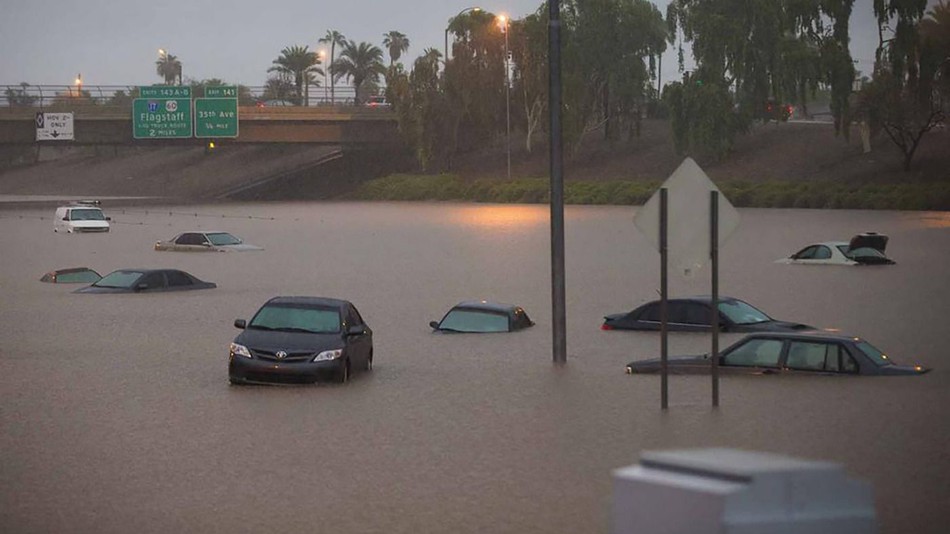 Flood waters on the roads
Flood waters on the roads
- Drive into a flooded roadway. It is extremely difficult to estimate the depth of running water or the strength of a current.
- Go around barricades. They are there for a reason, usually because flooding is anticipated or has already happened. In addition, the road could be damaged and unsafe for drivers.
- Never allow children to play around floodwaters or washes. They can be swept away.
It only takes 1 to 2 feet of water to float most vehicles, including SUVs.
Thunderstorms and lightning
Metal pipes also conduct electricity, so avoid taking showers and baths or using running water during a storm.
Bring pets indoors.
High winds
Arizona thunderstorm winds often exceed 40 mph and straight-line winds can exceed 100 mph.
Move into a central interior room away from windows to avoid blowing debris that could shatter glass.
If you are driving in high winds, slow down and anticipate steering correction when moving from protected to unprotected wind areas or when encountering large passing vehicles.
Be aware of high-profile vehicles — trucks, semis, buses, campers, or those towing a trailer — because they can be unpredictable during high winds.
Before the monsoon storm hits, evaluate large trees close to your home for potential hazards.
Dust storms
With reduced visibility, other drivers behind you could see the brake lights and assume you are driving on the road and follow your lights.
When severe dust storms occur, consider cleaning your smoke detectors. Dust can clog detectors and cause false alarms.
Downed power lines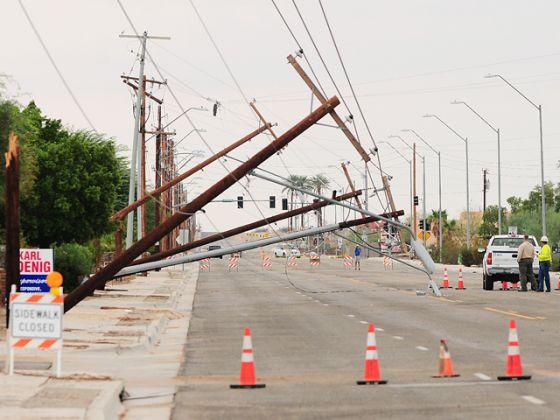
Across a roadway:
Consider any downed power line to be energized and dangerous. Never touch a downed power line or anything close to it. High voltage can travel through the ground. Stay at least 100 feet away from any downed lines.
Across a vehicle:
If the vehicle is occupied, stay in the vehicle until professional help arrives. Avoid contact with metal surfaces both inside and outside the vehicle. If there is a fire in the vehicle, jump from the vehicle landing on both feet. Hop away, keeping both feet in contact with each other until you are at least 100 feet from the vehicle.
Disaster Supply Kit Contents
Every family should prepare a family disaster supply kit in the event of severe weather conditions. The disaster supply kit should contain essential items such as food, water, and sturdy clothing, to sustain a family for up to three days since electric power, gas and water services may be interrupted.
- Three gallons of water in clean, closed containers for each person and pet
- First aid kit
- A stock of food that requires no cooking or refrigeration
- Portable and working battery-operated radio, flashlights, and extra batteries
(Candles and oil lamps are fire hazards) - Necessary medications
- Back-up power source for life support or other medical equipment that requires electricity to function
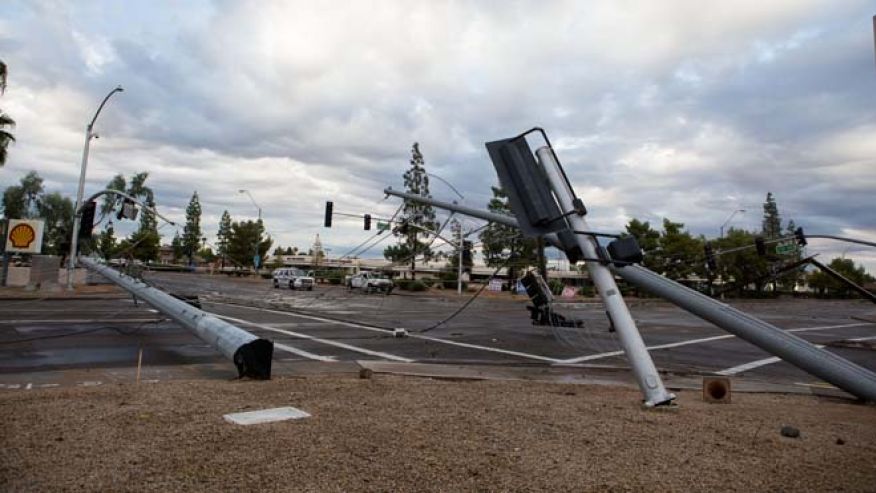 Arizona monsoons can be quite dangerous and warnings should be heeded.
Arizona monsoons can be quite dangerous and warnings should be heeded.
In the late 90’s I lived in a RV park near the Deer Valley airport. I was in an older “park model”. In the late afternoon the winds started picking up, the sky became dark. The trailer started rocking and then it happened. I could feel it moving off the foundation. Then it slammed back down. I found out later that there had been a straight line wind just over 100 mph that went through the park I was living in. I was so lucky that nothing more serious happened that day. Others were not so fortunate. There was a lot of damage from that one storm.
Take heed when the warnings are issued. If you are driving I suggest that you find a safe place and stay there until the storm has passed. If you are home, keep your eyes to the sky. You want to be prepared and know what to do if the storm is severe.
